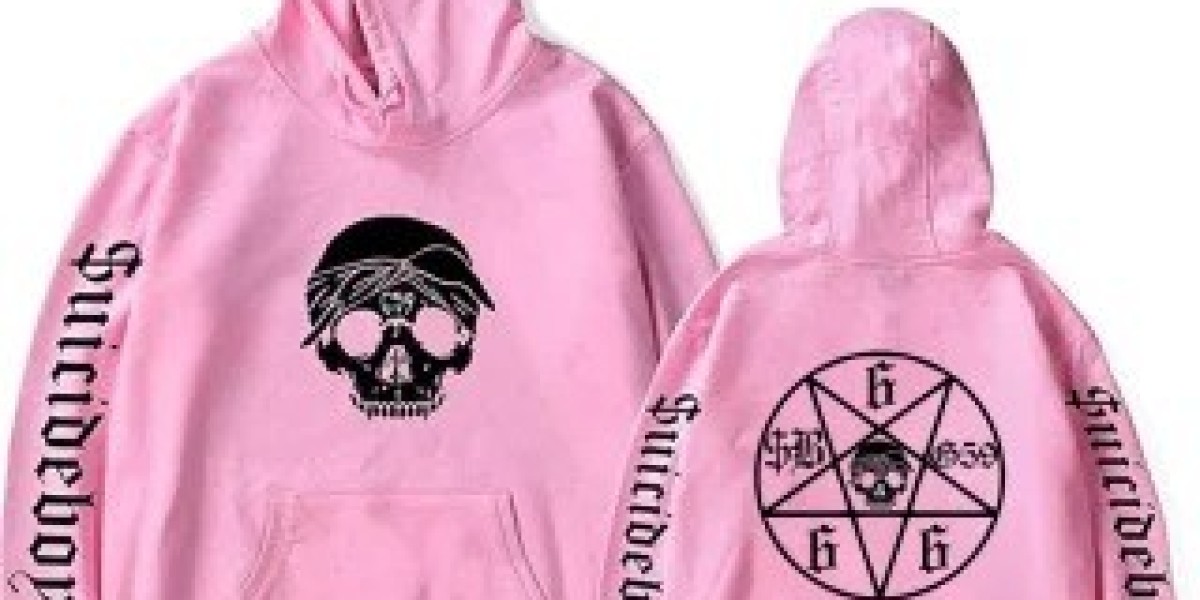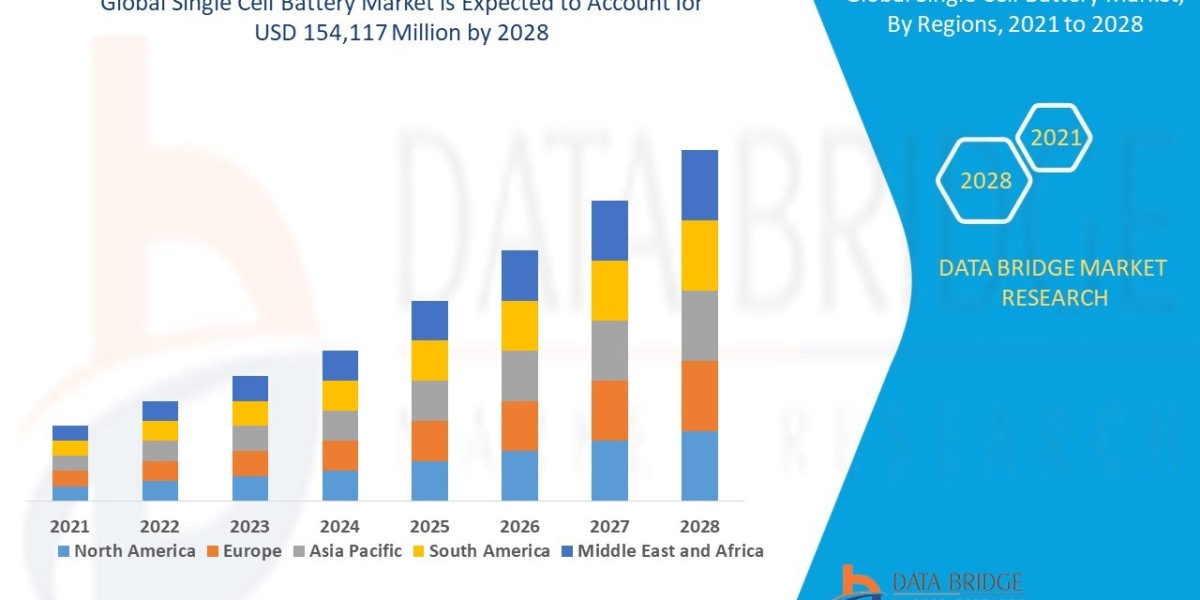Kapital and Corteiz are born from completely different philosophies. Kapital, established in Japan during the 1980s by Toshikiyo Hirata, grew from a love of American denim and evolved into a high-concept fashion brand rooted in Japanese craftsmanship. Corteiz, created by Clint419 in 2017, erupted from the streets of West London as a voice of rebellion and independence. Kapital represents tradition, storytelling, and meticulous artistry. Corteiz symbolizes protest, urgency, and the spirit of now. Their origins shape every aspect of how they design, release, and communicate — one speaks in layers, the other in loud, sharp statements.
Design Style and Creative DNA
Kapital’s design aesthetic is complex and intentionally messy — a mix of patchwork, heritage fabrics, and asymmetry. Each piece looks handmade, expressive, and almost sculptural. Inspired by Japanese traditions like sashiko and boro, it brings history into modern silhouettes. Corteiz keeps things clean and direct. Its designs rely on military codes, street iconography, and sharp branding — usually centered around the Alcatraz logo or the “RTW” motto. Corteiz is designed to empower and signal status. Kapital wants to challenge the eye and evoke curiosity. Both styles speak volumes — but in completely different dialects.
Product Releases and Buying Experience
Kapital drops full collections with wide product ranges: outerwear, denim, tees, scarves, and accessories, all bound by a clear design philosophy. The buying experience feels curated — like entering a designer archive. Corteiz takes the opposite approach, offering sudden, short-lived drops with a few core items: cargos, puffer jackets, and hoodies. The shopping experience is part of the thrill — you need access, timing, and sometimes even a location. Kapital encourages exploration and collection. Corteiz demands attention and fast action. Their product strategies create two very different relationships with the consumer.
Marketing Approach and Brand Visibility
Kapital avoids mainstream advertising. Its growth is mostly organic, spread through stylists, fashion magazines, and cultural icons who respect its quiet genius. It never tries to appeal to everyone. Corteiz is aggressive, strategic, and grassroots in its marketing. It locks access behind codes, uses street drops, and even leads crowds across cities. The result? Every drop feels like an exclusive cultural event. Where Kapital builds mystery through silence, Corteiz builds hype through spectacle. Kapital is discovery-based; Corteiz is movement-driven. Both brands refuse traditional promotion — but they disrupt the market in opposite ways.
Customer Demographic and Appeal
Kapital appeals to those who treat fashion as a form of personal expression or art — stylists, collectors, designers, and those who shop slowly and intentionally. Its customer base is global and often includes older fashion consumers. Corteiz attracts a younger, bolder generation — from UK streetwear fans and rap artists to college students and footballers. For Corteiz fans, the brand isn’t just clothing — it’s status, defiance, and identity. Kapital speaks to people who want meaning behind their garments. Corteiz speaks to people who want their clothing to make a cultural impact immediately.
Cultural Footprint and Influence
Kapital shows up in high-end editorials, fashion exhibitions, and the wardrobes of creative heavyweights like Pharrell and A$AP Rocky. Its influence is deep, though less mainstream. Corteiz dominates pop culture spaces: music videos, football stadiums, and TikTok trends. Artists like Central Cee, Dave, and athletes like Bukayo Saka wear Corteiz proudly. It’s become a visual part of British youth identity. Kapital belongs in concept stores and art books. Corteiz belongs in city streets and live performances. Each holds power — one as an artistic force, the other as a cultural signal.
Pricing and Availability
Kapital’s pricing is high — often hundreds of dollars for a single piece. That’s due to handcrafting, rare materials, and Japanese production standards. Its price reflects the time and skill invested in each item. Corteiz retails affordably, especially compared to designer labels, but resell value can skyrocket due to limited releases. A Corteiz hoodie that costs £120 can resell for three times as much. Kapital is exclusive due to craftsmanship and price; Corteiz is exclusive due to scarcity and community control. In both cases, you’re paying for more than just fabric — you’re paying for narrative.
Sustainability and Ethical Practice
Kapital stands out for using slow, traditional processes that naturally reduce waste. Its approach is inherently sustainable — fewer factories, more handwork, and long-lasting materials. It doesn’t follow trends or overproduce. Corteiz keeps waste low by only producing small batches that always sell out. However, it hasn’t publicly committed to sustainability in materials or ethical sourcing. As it grows, this area may demand more transparency. Kapital leads through practice, even if it doesn’t market itself as sustainable. Corteiz, while environmentally lean in output, hasn’t yet defined itself in this space.
Brand Loyalty and Fan Culture
Kapital fans are loyal collectors who study drops, trade pieces, and build entire wardrobes around the brand. Many of them see Kapital as more than fashion — it’s a lifestyle rooted in storytelling. Corteiz fans are part of something closer to a movement. They follow every drop, share codes, and treat each item as a badge of insider status. Loyalty comes from participation — not just ownership. Kapital builds emotional loyalty through craftsmanship and concept. Corteiz builds social loyalty through access and identity. Both brands inspire devotion, but through very different experiences.
Final Thoughts: Which One Speaks to You?
Kapital and Corteiz represent two very different yet equally powerful expressions of streetwear. Kapital is slow, intentional, deeply crafted — for those who see fashion as an art form. Corteiz is immediate, energetic, and collective — for those who use clothing as a voice in culture. Kapital reflects tradition and innovation. Corteiz is revolution and identity. You don’t have to choose one over the other, but understanding the difference helps define your place in the streetwear world. Whether you’re drawn to thoughtful construction or fast cultural relevance, both brands offer something real and resonant.









